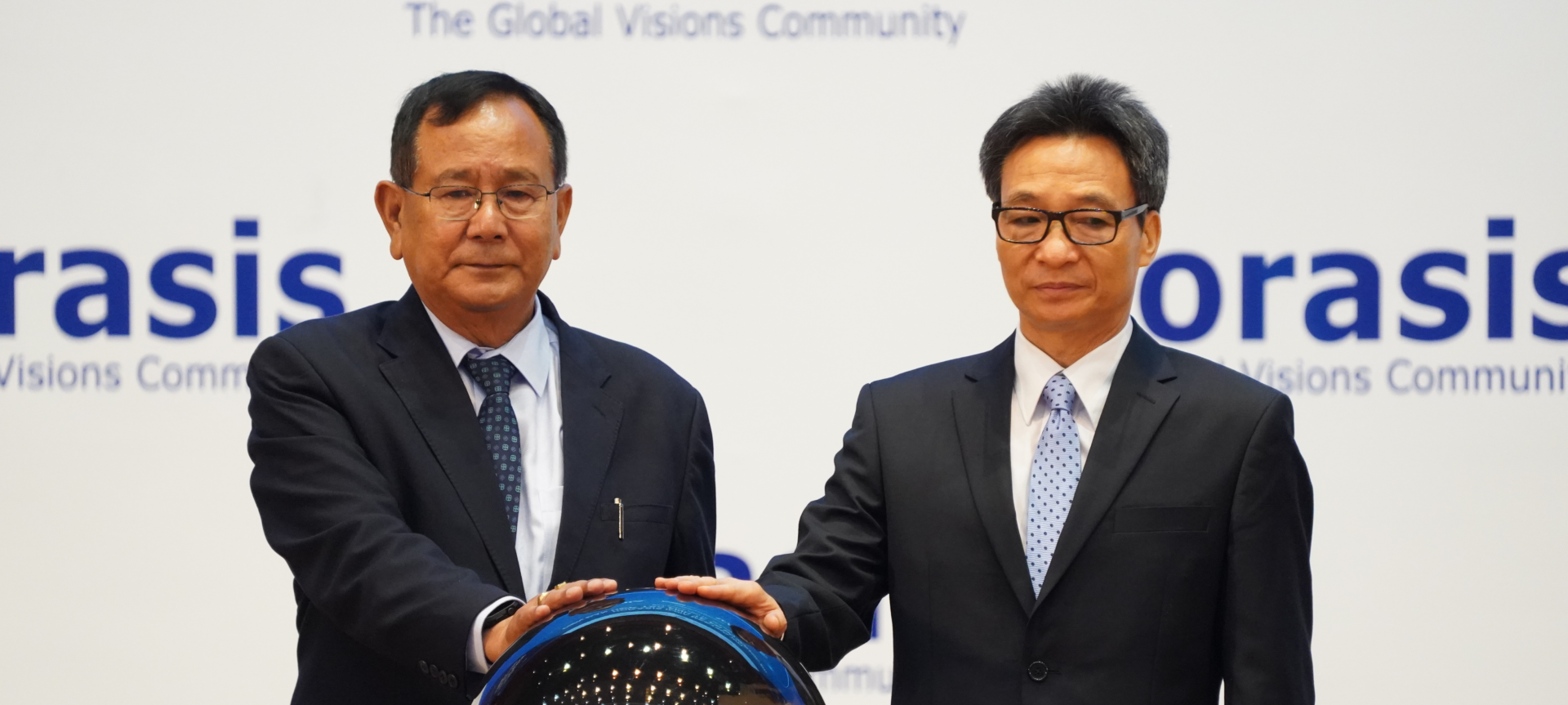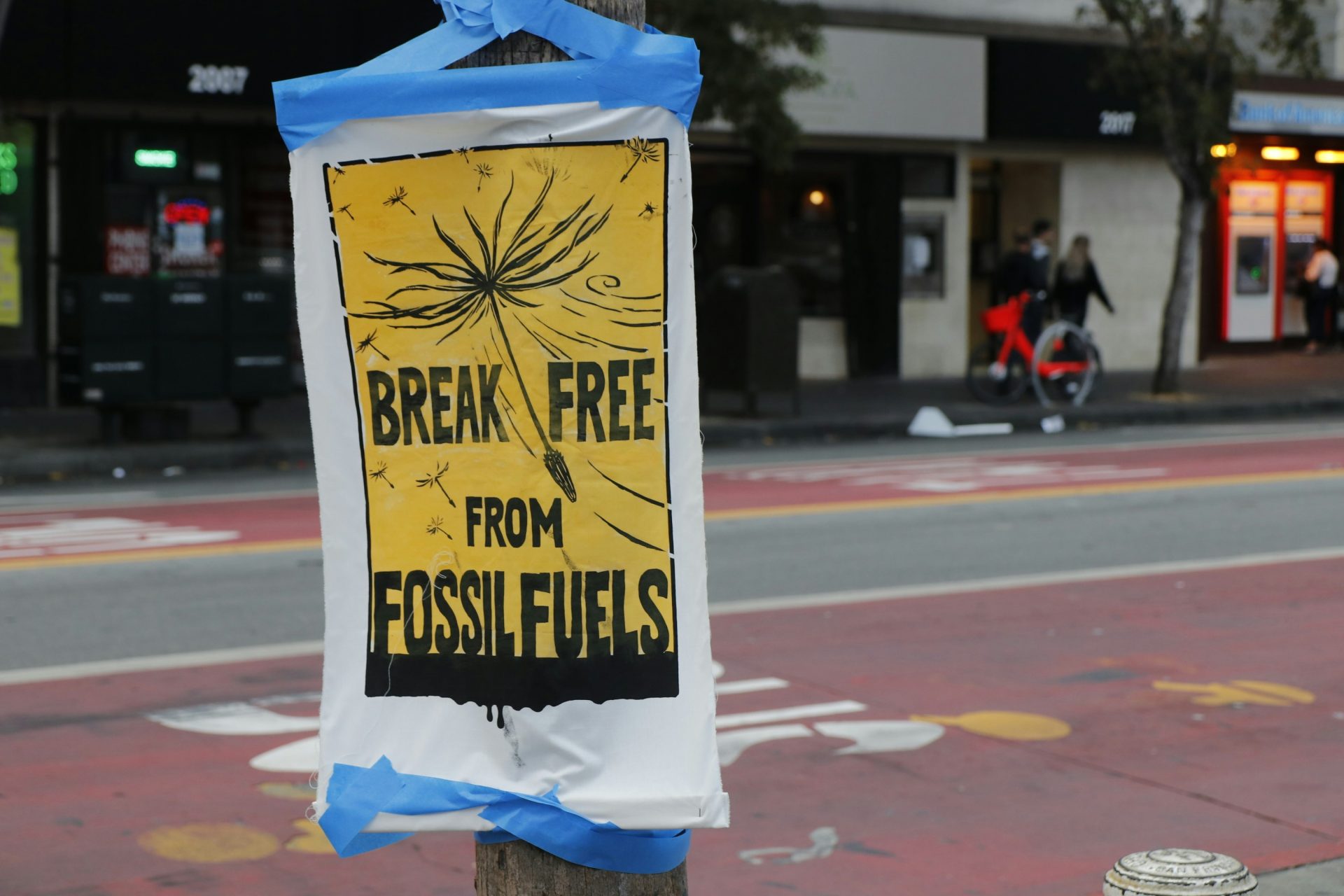Dialogue as a 21st Century Super Power!
“Out beyond ideas of wrongdoing and rightdoing
There is a field.
I will meet you there.”
Rumi, Sufi Poet
Dialogue is a 21st century super power. It is not only a communications practice but it can transform those who engage in it, utterly revolutionizing how we collaborate and work together in the future. It’s the glue of the organisation of the future, able to bridge communication, leadership and culture.
But more than all of this, it might not be hyperbole to say that the very survival of our species depends on it. Just look at our politics today.
Back Drop
“During the past few decades, modern technology, with radio, television, air travel, and satellites, has woven a network of communications which puts each part of the world into almost instant contact with all the other parts. Yet, in spite of this worldwide system of linkages, there is, at this very moment, a general feeling that communication is breaking down everywhere, on an unparalleled scale.”
These were the words of David Bohm in his ground-breaking book “On Dialogue” published back in 1996. They echo even more today, despite the further advance of our communication technologies. The Western world is in the midst of a social cohesion crisis so bad that a futurist like myself has been warning for some time that Civil Discord or even Civil War, Revolution and Coup d’etas might even occur in advanced Western nations if we don’t avert course. [Since starting writing this in December, we witnessed the riots on Capitol Hill in Washington DC].
But social cohesion isn’t the only tsunami of change headed our way. The term VUCA – meaning volatile, uncertain, complex and ambiguous – was a term which was previously only used by the military and a handful of futurists. Today it has entered the popular lexicon as regular people are feeling overwhelmed by disruption: ecological crisis, economic crisis, revolutionary technological change and geo-poitical war. The Futurist Alvin Toffler’s ‘Future Shock’ is upon us.
What Is Dialogue?
In my view dialogue might well be a key antidote to all of these wicked problems as it brings us together and evokes collective intelligence.
The etymology of the word dialogue comes from dia meaning “through” and logos meaning “the word” or “meaning”. One could suggest it refers to a flow of meaning.
Politicians love to call their events ‘dialogues’ – as do many other organisations – but they rarely are. At our elite universities, budding politicians in the West, flock to debating societies where a successful debater should be able to beat an opponent even when he or she doesn’t even believe in the perspective that’s being espoused. It’s all about winning and losing. Dialogue is also not discussion, which has some of the same roots as percussion and means to break things up, and hence emphasizes analysis and many points of view. This is a common methodology in our organisations. The hope is that the best point of view will prevail after ideas are batted back and forth. Dialogue is also not negotiation, which can start from conflict and implies that there is perhaps some middle ground. Dialogue is something entirely different.
Rather paradoxically the visionary who kicked off the modern dialogue movement was a quantum physicist who Einstein called his spiritual successor; Einstein suggesting that if anyone could build on his work and discover a unified field theory it would be David Bohm. Bohm held a series of famous dialogues with the Indian philosopher, mystic and educator Krishnamurti and had been so inspired by the field he almost considered giving up on science to work on it full time. Documented in a new film, Infinite Potential, Bohm thought that dialogue could be the way out of human conflict and our various wicked problems. In his work in physics he wrote about the nature of reality and how the explicate order emerged out of the unseen implicate order. And in this sense his work in physics was very connected and something I can discuss elsewhere.
Since Bohm, there has been a shift in the zeitgeist amongst organisations in the world. There is a growing recognition in the power of self-organising systems and an erosion of the key principles of the hierarchical, command and control industrial age. Many of the influential organisational theorists used to be from the field of engineering. No wonder the language of ‘human resources’, which is peppered with engineering terms and so focused on productivity and efficiency, is dying.
As we shift into a new age, as significant as the Agricultural Revolution or the Industrial Revolution, I foresee that we will see more biological and ecological lexicon whilst we again celebrate life and are inspired by natural systems which have already done 3.8bn years of R&D for us. In Frederic Laloux’s book Reinventing Organizations he postulates that the organisations of the future – those with a higher level of collective consciousness or Teal level – will display the attributes of self-organisation, wholeness and evolutionary purpose. Dialogue is integral to all of this. Organisations all around the world have been experimenting with new forms of dialogue and collective intelligence. Personally I was so inspired by this I helped establish a center focused on this at one of the world’s leading Design Schools back in 2013. And recently as I have been striving to set up a new embassy of the future, I’ve been reminded of its importance.
Dialogue
But before anyone thinks that David Bohm and others invented dialogue , or cutting edge social technology, I just want to remind us that it’s actually an ancient and timeless tradition. In fact, we have been sitting in circles of dialogue ever since the dawn of humankind. This is why in my previous work on dialogue we hired an anthropologist as well as employing principles from ancient philosophies like Zen and indigenous thinking. It was the old Iriqouis people of North America, who sitting in circles for hundreds of years and had one of the oldest participatory democracies in the world, influenced the most famous constitution in the world: the US Constitution which was revolutionary at the time. This is remarkably documented in a book ‘Franklin Listens When I Speak’ by Paula Underwood.
In fact, it’s the reality that this true art of communication has been a timeless tradition that gives me encouragement that we can recover this lost art. People all over the world have been rekindling it over the first 2 decades of this century and it’s about to go mainstream – I hope!
How to Dialogue?
For dialogue to transpire a leader needs to create the right environment. The container or space is everything. First there is the physical space, which I regard as critical. Participants should be comfortably seated in a circle and so no one is the centre of attention. My experience is that an aesthetically pleasing venue with good light is very conducive people opening up. The rest of the container or space – the field as I call it – must be woven in the invisible space between participants.
This is a slide from a recent presentation which I made to the leadership team of an innovative British multinational company:

Listening is one the most critical parts of the container. I love the fact that the Japanese character for listening (and old chinese script) containers sub characters for attitude, undivided attention, ears, eyes, and heart. We must retrain ourself to listen to understand instead of waiting for your turn to monologue or to do defensive listening, whereby we listen for mistakes.
Respecting means to respect that everyone is in the room for a reason and that they will be a valuable participant in the art of dialogue. It means that we can even completely disagree with them, but still value them. A sign of respecting is a dialogue where there is much inquiry as to other’s perspectives and insights.
Trusting means creating a safe space where we are permitted to be ourselves, to voice tentative ideas and to make mistakes.
Authentic Voicing is the invite to speak from the heart, not just positioning from the mind. There is a collective understanding that human intelligence is vastly wider than the mere intellect. And when one participant brings their deeper self into the collective space, it invites others to do the same.
Suspending is to suspend our thoughts and judgements about others’ perspectives. Instead of resisting other erpsecvites and waiting to point out flaws in their logic we let go of our certainty. As Bill Isaacs has written:
“Suspension means that we neither suppress what we think nor advocate it with unilateral conviction. Rather, we display our thinking in a way that lets us and others see and understand it.We simply acknowledge and observe our thoughts and feelings as they arise without feeling compelled to act on them.This practice can release a tremendous amount of creative energy.To suspend is to bystand with awareness, which makes it is possible for us to see what is happening more objectively.”
Patterns of dialogue

Typically, conversation can pass through various phases of evolution before reaching the ‘holy grail’ of true generative dialogue. Otto Sharmer and others have established 4 quadrants in the evolution of dialogue: and I have observed this pattern in large corporations, the United Nations, World Economic Forum, start ups, and even spiritual communities. Ordinarily a group will always start in politeness, where the unity of the whole group is the primacy. No one wants to offend anyone.
Then people start getting real and clashes might begin. In field 2, we enter ‘breakdown’. Here people move from a space where they are conversing from a space of accepted norms of the social norm to something else: people basically say what they think. So the social whole is no longer dominant as fragmentation kicks in.
In field 3, we begin to experience ‘reflective dialogue’. There is a shift from third person data to first person data: that is inquiries into how things look from where i stand. As curiosity kicks it, it is at this stage that people begin to explore their own personal assumptions. A transition is also crossed: people no longer that feel the need to necessarily agree. Ideas begin to flow more freely
Crossing over to field 4 is the real ‘Holy Grail’ to the space of generative dialogue. Participants cross back over into the primacy of the whole and new possibilities emerge. Here we witness a greater collective flow and the likelihood of synchronicities. As one shifts into this fourth conversational space, one often finds that there are not any words to describe it: as Bill Issacs ntes, people are ’struck dumb’. We move into unchartered territory and collective insight emerges.
Entering true dialogue isn’t so easy. One couldn’t just read this article and implement it. Organisations initially need to hire catalysts or facilitators and slowly make it part of their culture. The good news is that many organisations have successfully done this and many more or displaying success. Ultimately, my view is this : the leader of the future is someone who can create co-create containers of the future. It’s not someone who just decides everything unilaterally and gets his or her team to ‘execute’ the vision. Thats the Industrial view of life. We are now transitioning to a post-Industrial civilization.
Conclusion
In the dying old world, one doesn’t often see dialogue. But it is a very much emerging phenomenon.. When it does appear one witnesses some important powers. First, you see greater authenticity in a group. Second, decisions are better as they are based on deeper collective intelligence, wisdom and creativity. Third, one sees greater morale and alignment around decisions which are based on true dialogue.
I truly see it as a miracle cure of this moment in history.
“Dialogue is a type of social alchemy, a space able to transform a group of separate egos into one collective intelligence. Through this emerges the miracle of insight and creation.”
– Benjamin J Butler , Futurist



